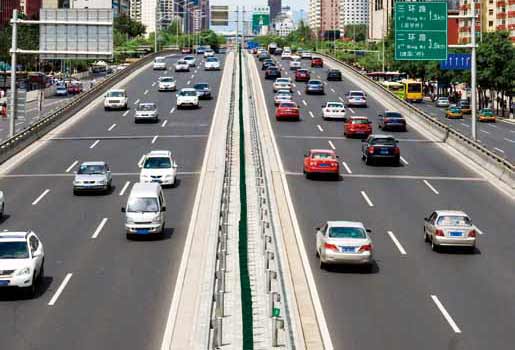SELECTION CRITERIA
While products have their limitations, understanding those limits helps build a practical solution. Hardware and software must perform for years or even decades. “Whatever you install, the system has to be reliable,” Gorshkov said. Agencies must install an appropriate system for their needs, understanding that some equipment, such as hard drives, has short life cycles. “Does the system do the job I want it to do reliably and efficiently? Will it keep doing it for 10 to 20 years? Does it solve problems the camera was intended to help with? People have operational needs, and any system design must meet these needs.”
Another selection criterion is multitasking. “One thing we keep hearing — which is probably a consequence of the economic crisis — is the infrastructure should be simple, efficient and multipurpose,” Swaminathan said. “How do we do more with less?”
INTEGRATION ISSUES
 Third-party interoperability was supposed to be a thing of the past, thanks to the rise of IP and standards. The reality remains that joining ONVIF does not solve integration issues, because of private agreements among vendors. This ensures only vendors who have paid up will have support for their unique features. “Proprietary protocols only exist as a favor to suppliers, not to end users,” Hobbelink said.
Third-party interoperability was supposed to be a thing of the past, thanks to the rise of IP and standards. The reality remains that joining ONVIF does not solve integration issues, because of private agreements among vendors. This ensures only vendors who have paid up will have support for their unique features. “Proprietary protocols only exist as a favor to suppliers, not to end users,” Hobbelink said.
Other issues are insufficiently open APIs and SDKs from vendors who want to maintain their competitive advantage. Lack of transparency has been a long-term headache, as each company has proprietary interfaces that make data sharing difficult, Yang said. An inability to share translates into a bottleneck for traffic monitoring.
There is no common agreement for overall performance. “PSIA, ONVIF and HDcctv are not standards — they're manufacturer agreements,” Gorshkov said. “They're not for maximized performance; they're just ways to connect boxes without difficulty.”
With so many parts in a traffic solution, scalability and interoperability are essential. “Eventually, cost will be reduced if everyone is sending information with the same media and control path,” O'Malley said.
Government agencies or operators must include contract provisions that require the various vendors and system integrators to open up their interfaces or develop new ones. “It is important for the agency calling for a submission or tender to have a good understanding of the various legacy and new systems that need to be integrated together and also the extent of integration required,” said Richard Ng, Director of Business Development, ST Electronics. This includes integrating existing analog systems with digital ones, as well as managing control interfaces.
Along with cameras and an monitoring requires backup storage as well. Presently storage is done in one of two ways. The first is on-site storage at the roadways, Chang said. The second is node storage, distributing storage throughout the system, similar to private cloud storage. The benefit is scalable storage options that can be placed anywhere, instead of a central location.
Some agencies choose not to record their video at all, opting for live viewing, Gorshkov said. This depends on policies, such as how long footage is retained.
Getting surveillance images stored calls for transmission, with wireless deployments increasing due to their flexibility. “In most cases, there is a dedicated network for cameras, such as along highways. If you go wireless, the story is different,” de Konink said. “In some countries, it's much harder to get wiring alongside the road. If you're in Switzerland, you'd have to go through the mountains. Here in Holland, we don't use wireless at all, except for mobile systems where they do maintenance on the road.”
Advances in Wi-Fi and 4-G technologies have overcome some issues with range, power and data rates. “The key is to balance the operational requirements for high resolution and the availability of bandwidth,” Ng said.
New wireless standards will improve transmission speeds. “Before, it was hard to get 2 Mbps to stream to your cell phone,” O'Malley said. “Now with 4-G, it will get fast. The point here is that video surveillance will be ubiquitous as the public networks get faster.”